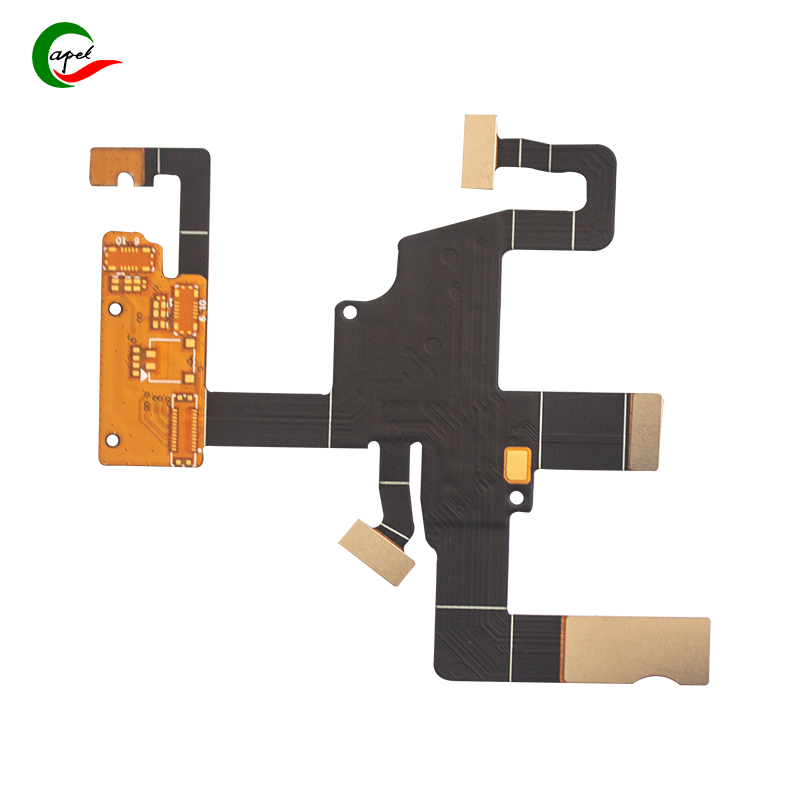Date: 2025-10-11
Man, coverlay bubbles. I've spent more time fighting those little nightmares than I care to admit. You get everything looking perfect, run it through the press, and bam—a constellation of bubbles staring back at you. It's enough to make you want to switch professions.
But after a decade of this, I can tell you the fix almost never comes from cranking one setting to eleven. It's about the dance between heat and pressure. Nail that partnership, and you'll watch your rework rate drop to zero.
Think of heat as the "on" switch for your adhesive. Too little, and it never turns on. Too much, and it blows a fuse.
Where I Run My Press: For your standard acrylic stuff, I live between 165°C and 175°C (that's 329°F to 347°F for my imperial friends). If I had to pick one number, I'd set it at 170°C and call it a day.
The "Too Cold" Problem: Set it below 160°C, and your adhesive is basically still a solid. It's like trying to spread cold butter on toast—it just skips over the crumbs (your copper traces) and leaves gaps. Those gaps fill with air, and you get perfect little bubble-outlines of every circuit. Classic sign.
The "Too Hot" Problem: Go north of 185°C, and you're in the danger zone. I've seen the polyimide base material itself start to get stressed and warp. A warped board can't make a uniform seal, so you get big, ugly bubbles in the middle of nowhere. Plus, the adhesive can cook, turning brown and brittle. Trust me, it's a ugly sight.
Pressure is your enforcer. Its job is to bully the air out of the way once the heat has gotten the adhesive nice and friendly.
My Sweet Spot: For a typical single-layer flex job, I'm dialing in 0.4 MPa, plus or minus a hair (that's right around 58 psi). This gives me the muscle I need without the drama.
Too Wimpy on Pressure (< 0.25 MPa): This is a pointless exercise. The air has zero reason to move. You're just gently warming the board and trapping all the air inside. The result? A cloudy, matte finish with bubbles everywhere.
Too Aggressive (> 0.55 MPa): Now you're creating new problems. You'll see adhesive squirt out from all the edges like toothpaste—we call that "bleed-out." Not only does it look terrible, but it can leave the traces starved for adhesive. On really fine-pitch designs, I've even seen the pressure itself crack a trace. It's a brutal way to learn a lesson.

Here's the real kicker. You can have the perfect temp and the perfect pressure, but if you don't introduce them in the right order, you're still gonna get bubbles. It's a sequence.
Warm-Up Lap: First, I let the heat do its thing. I ramp up to about 150°C and let everything soak for 20-30 seconds. This gets the adhesive soft and the entire stack evenly warmed up. No cold spots.
The Main Event: Now, as the temperature is climbing from 150°C up to my 170°C target, that's when I smoothly ramp the pressure up to its final 0.4 MPa. This is the magic. The adhesive is getting runnier at the exact moment the pressure is increasing to push it into every crevice and shove the air out ahead of it.
Lock It In: Once we're at full temp and pressure, I let it cook for a solid 60 seconds. This gives the adhesive time to fully cross-link and set. Then, I let the pressure off before it cools down too much. This avoids putting everything under stress.
For the love of God, clean your boards. I don't care if they look clean. The oil from a single fingerprint is enough to create a bubble the size of Texas. 99% IPA and lint-free wipes are your best friends. Make it a religion.
Your machine lies to you. The temperature sensor on your press drifts over time. I calibrate mine with an external thermocouple every quarter. A 5-degree drift is all it takes to ruin your whole day.
Stop thinking about temperature and pressure as two separate knobs to turn. They're a team. You gotta get the adhesive soft with heat first, then use a controlled squeeze with pressure to push the air out. Master that sequence, and you'll forget what a coverlay bubble even looks like. Now go make some good boards.
related link:
Capel manufacturing PCBs since 2009. Professional technology and high-precision Printed Circuit Boards involved in Medical, IOT, UAV, Aviation, Automotive, Aerospace, Industrial Control, Artificial Intelligence, Consumer Electronics etc..